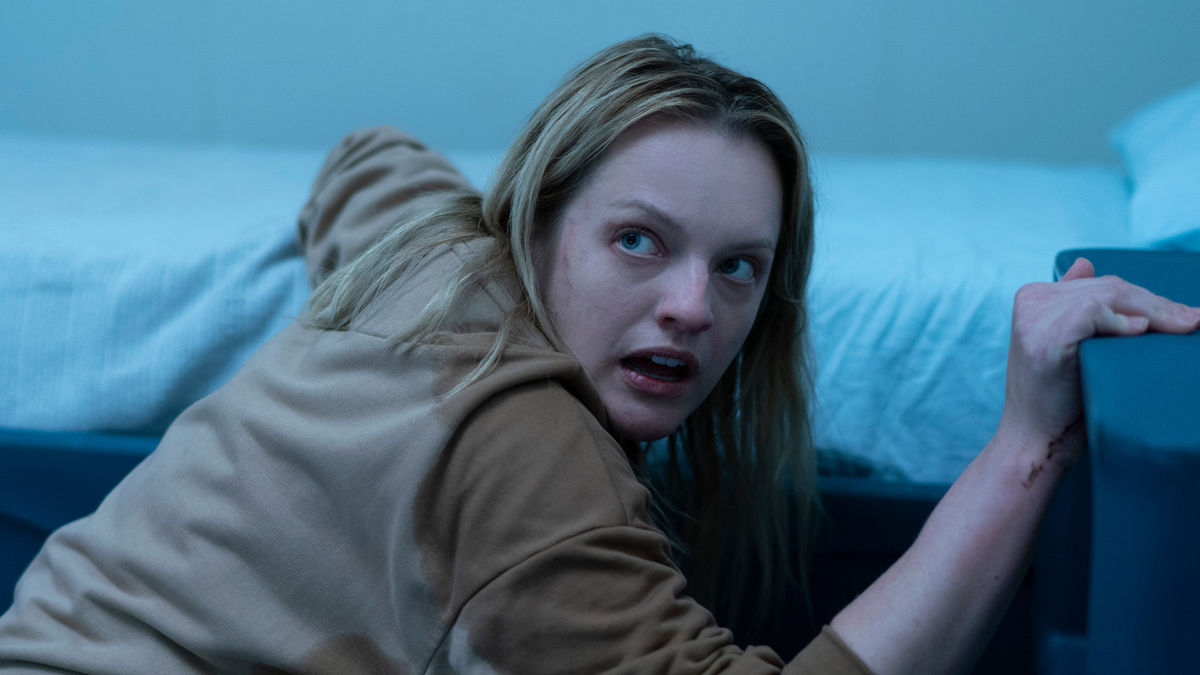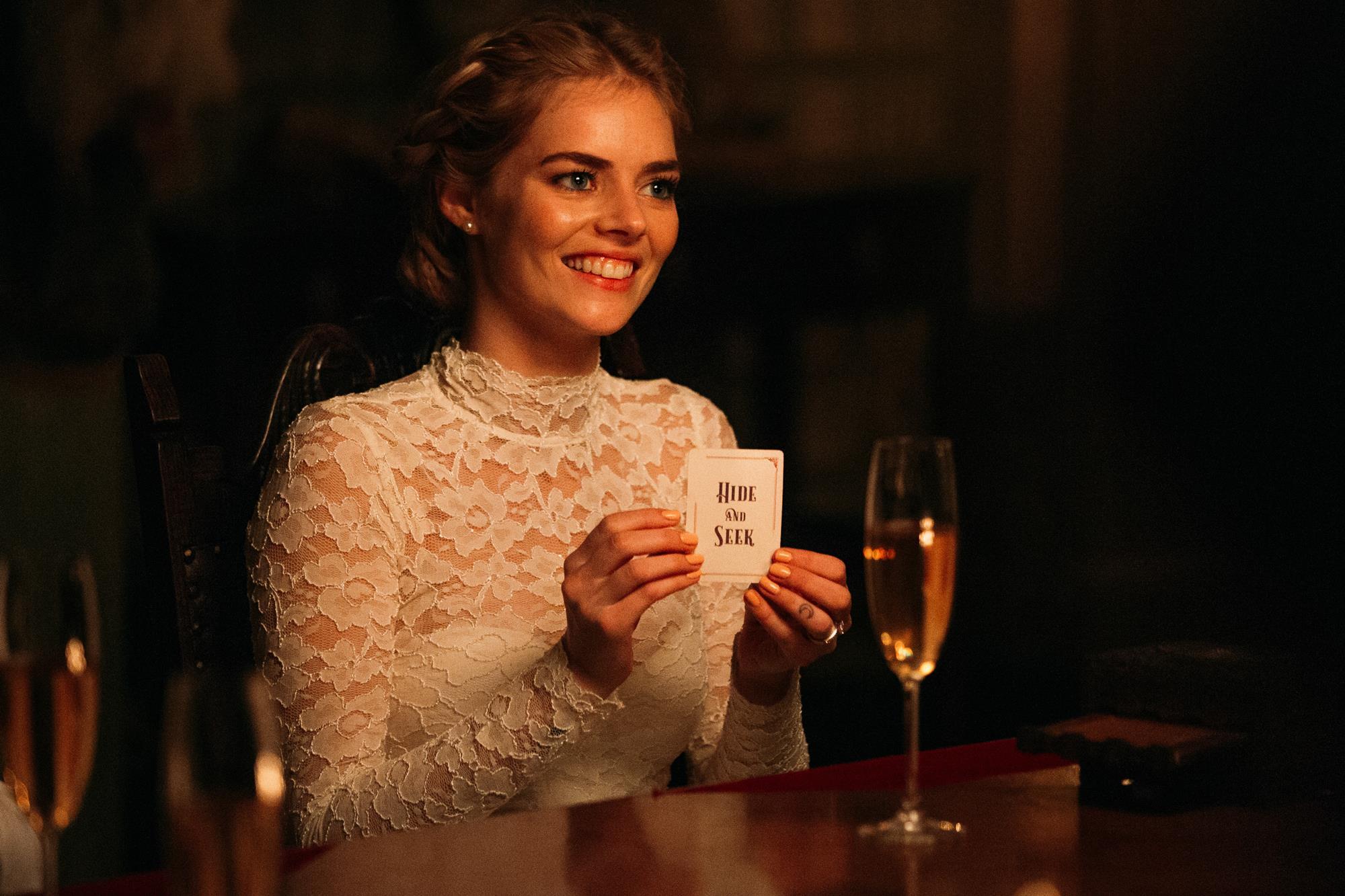 Where else have you seen a robot man fighting a giant alligator for his daughter, mere episodes away from a horde of butts on legs escaping a government facility and a sentient street having a massive sexual climax?
Where else have you seen a robot man fighting a giant alligator for his daughter, mere episodes away from a horde of butts on legs escaping a government facility and a sentient street having a massive sexual climax?
The creative team behind Doom Patrol is very obviously firmly committed to the weirdness that the creatively quirky superheroes brings to the silver screen. Couple that with actors that are as dedicated to the strangeness, and you get a highly entertaining introductory season to the most unconventional superhero series out there.







